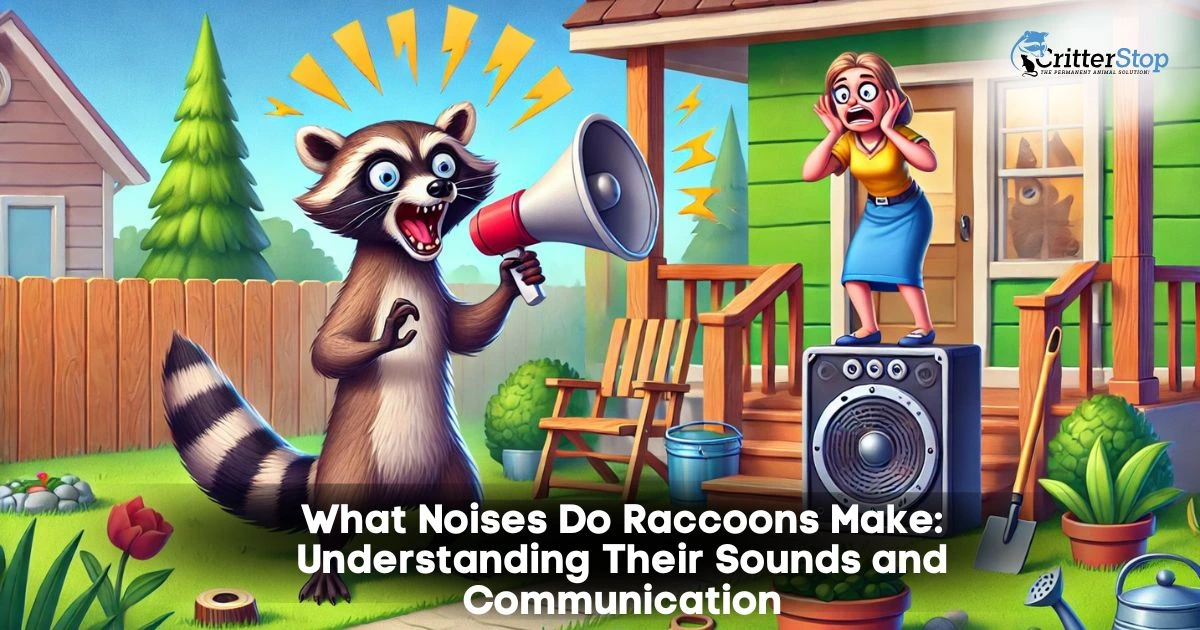
Raccoons are known for their distinctive sounds, ranging from chatter to growls. They communicate using a variety of noises, including grunts, whines, and purrs, each serving a different purpose. Understanding these noises can provide insight into their behavior, social interactions, and emotional states.
These animals make noise for several reasons, such as signaling danger, attracting mates, or expressing frustration. Their vocalizations can vary significantly depending on their environment and social context, making each encounter with these creatures unique. Observing and interpreting these sounds can enhance one's appreciation for raccoons and their adaptive behaviors.
As urban areas expand, encounters with raccoons are becoming more common. Recognizing raccoons' various noises can help people coexist more peacefully with these animals. Learning more about their vocalizations can also help individuals better understand the species and its role in the ecosystem.
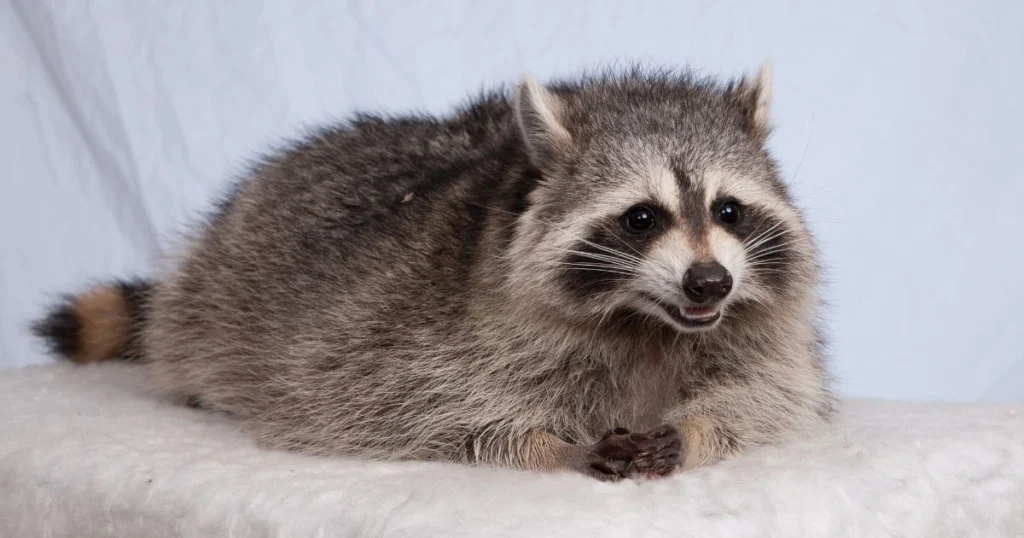
Raccoons produce a variety of noises that serve distinct purposes. Recognizing these sounds can illuminate their behavior and social interactions, enhancing one’s understanding of these animals.
Raccoons are known for their diverse range of vocalizations. They can produce sounds such as:
Each noise can vary in pitch and intensity, allowing raccoons to convey specific emotions and intentions. This variety in vocal sounds helps raccoons interact effectively with their environment and other raccoons.
Raccoons utilize their vocalizations for various communicative purposes. These sounds are essential during social interactions, especially among family groups. For example, a mother raccoon may use chirps to call her kits, facilitating bonding and care.
Growls are a warning signal to deter intruders in potentially threatening situations. Moreover, grunts and whistles may communicate location or findings to nearby raccoons during foraging or exploration, fostering a cooperative environment. Communicating through different noises is crucial to their survival and social dynamics.
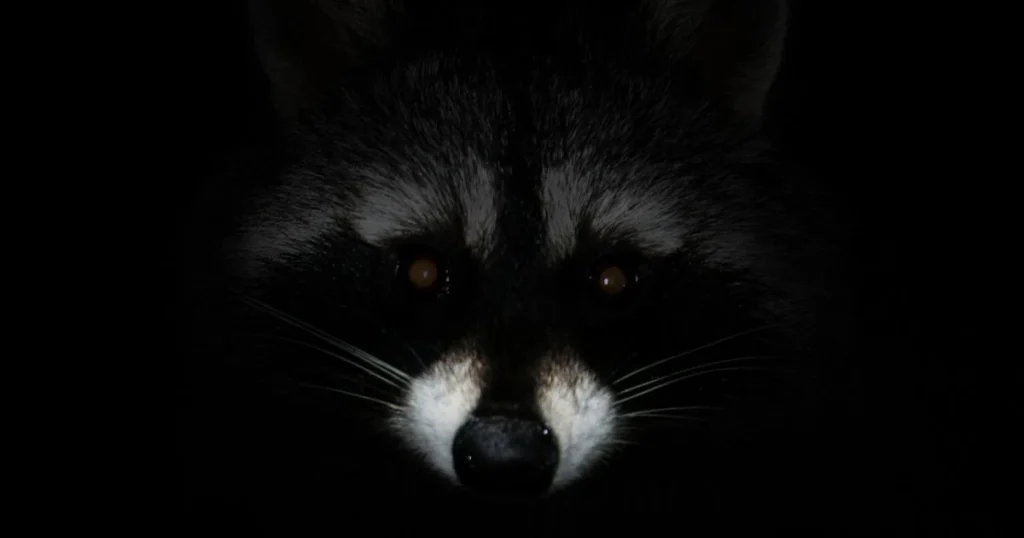
Raccoons are primarily nocturnal creatures, and their activity peaks after sunset. The sounds they make at night can indicate their behavior and interactions with their environment.
Raccoons produce a variety of sounds that can be heard during the night. These include:
The noises may vary based on the raccoon's mood or purpose. For instance, a raccoon looking for food might make more chirping sounds, while one feeling threatened may growl loudly to ward off intruders.
Understanding the context of raccoon noises is essential for interpreting their behavior. Noises at night can stem from various situations:
By paying attention to specific sounds, one can discern whether a raccoon is simply exploring or if a higher level of activity, like fighting or mating rituals, is occurring.
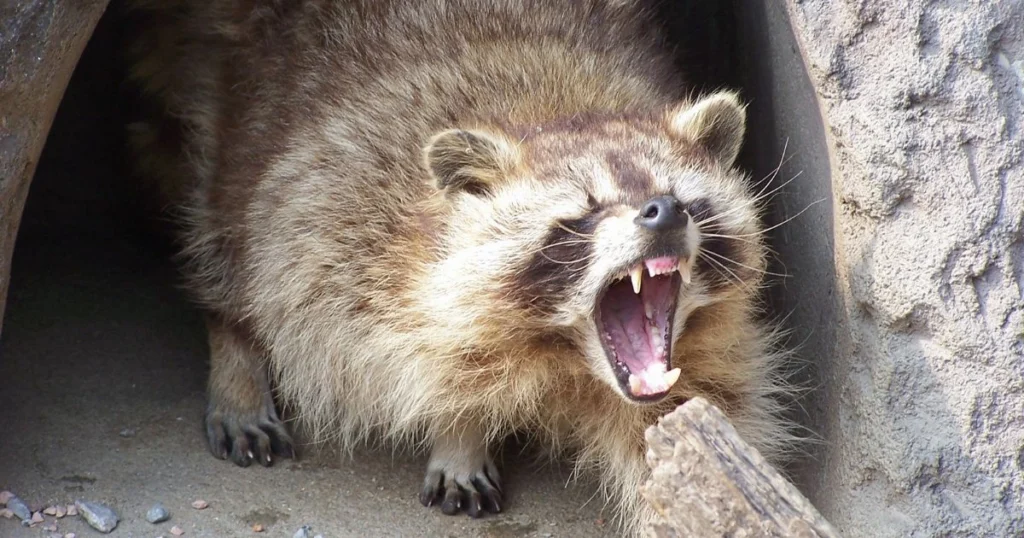
Juvenile raccoons produce a variety of noises that serve distinct purposes. Understanding these sounds helps identify their needs and behaviors.
Baby raccoons communicate through a series of distinct sounds. They often emit high-pitched cries or squeals when upset or seeking attention. This noise may reflect discomfort or hunger.
In addition to cries, young raccoons might make soft coos or purrs when content. These sounds indicate a sense of safety and well-being, and they are often heard while they are being nursed or cuddled with their mother.
Raccoons also use a chattering sound, which can signify excitement or playfulness. Recognizing these noises can assist caregivers and wildlife enthusiasts in understanding juvenile behavior and the needs of these animals.
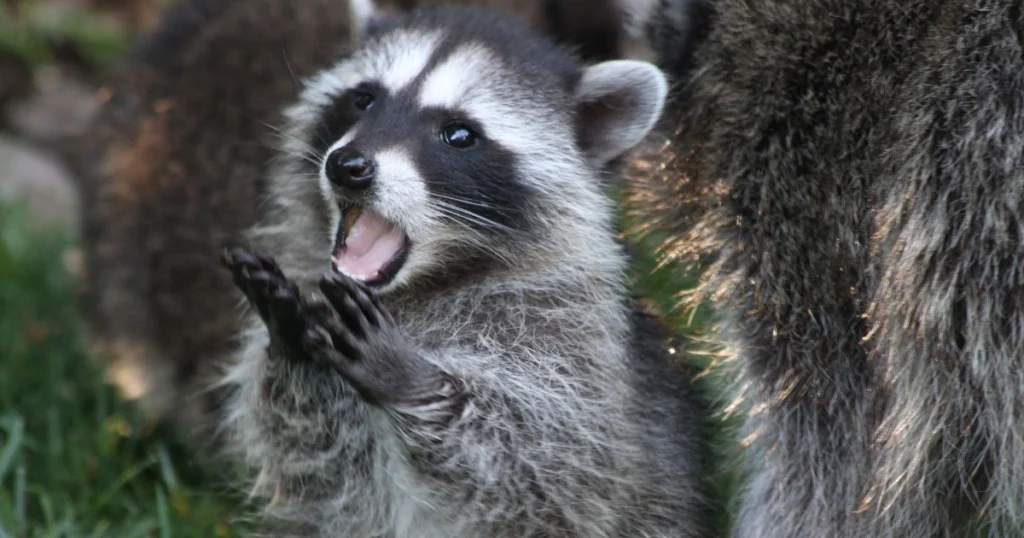
Various sounds can effectively deter raccoons from approaching homes or properties. Understanding the specific noises that scare raccoons can help create an environment they find unwelcoming.
Raccoons are particularly sensitive to high-frequency noises. Sounds such as loud clapping, hissing, or shouting can startle them. In addition, using motion-activated alarms or devices that emit high-pitched sounds can effectively scare raccoons away.
Using recorded sounds of predators, such as dogs barking or coyotes howling, may also help. These noises invoke a natural fear response.
Raccoons also dislike sudden loud bangs, like fireworks or banging pots. A consistent combination of these strategies may prove more effective in deterring raccoon activity.

Securing a home from raccoons can minimize disturbances and potential damage. Understanding prevention techniques can help effectively deter these animals.
Securing trash bins is essential. Use raccoon-proof containers with tight-fitting lids to prevent access to food sources. Avoid leaving food scraps outside, as these attract raccoons and encourage them to return.
Additionally, noises that scare raccoons can be utilized to keep these animals at bay. Loud sounds like clapping or banging pots can deter raccoons from approaching. Sound devices like motion-activated alarms can also prove effective.
Keeping outdoor areas well-lit and free of clutter can help discourage raccoons. Trimming shrubs and removing debris can also minimize hiding spots.
For persistent issues, consider professional help. Critter Stop has a fantastic reputation and online customer reviews because it provides high-quality work and great customer service. To address wildlife concerns, call Critter Stop at (214) 234-2616 for a free inspection.
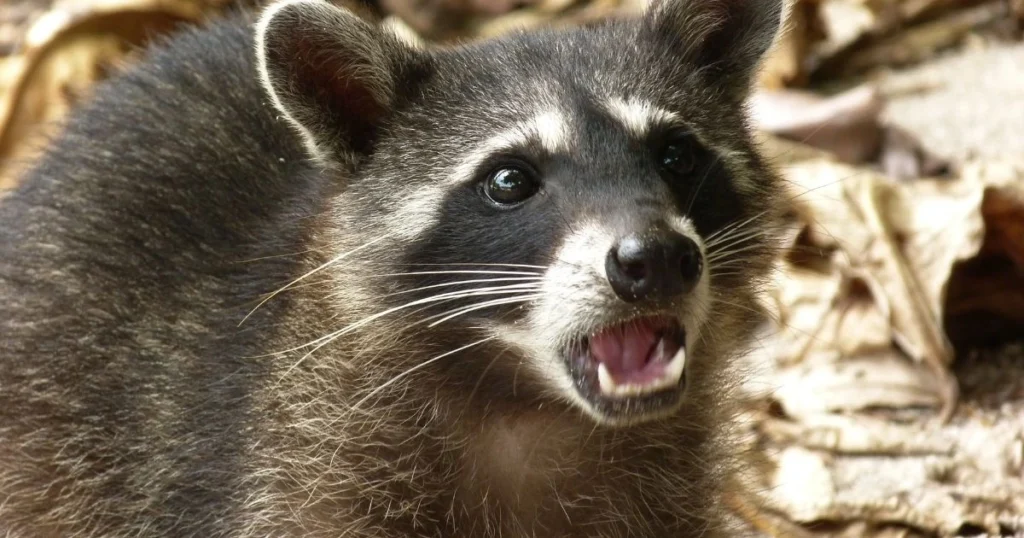
Raccoons produce various sounds to communicate, express emotions, and indicate their activities. Understanding these noises can provide insight into their behavior and interactions.
Raccoons use a range of vocalizations, including barks, chattering, and purring. These sounds serve different purposes, from alerting others to food sources to signaling distress or fear.
When threatened, raccoons often emit screams or high-pitched cries. These sounds indicate fear and serve to deter potential threats.
Raccoons produce scratching and thumping sounds in attics or crawl spaces. These noises are typically associated with their movement as they nest or search for food.
During mating season, male raccoons may produce distinctive growls and chattering noises. These sounds are part of their courtship and territorial displays.
Loud noises, such as banging pots or air horns, can scare raccoons away. They tend to avoid areas where unexpected sounds occur, perceiving them as threats.
Raccoons make noise for various reasons, including communication, expressing emotions, and marking territory. Each sound can indicate a specific behavioral need or response.
Raccoons are nocturnal and active at night. Their common sounds include soft chittering and rustling as they search for food or interact with one another.
Ultrasonic devices emit sounds that are unpleasant for raccoons but inaudible to humans. They can be an effective and humane way to deter raccoons from areas.
Raccoons are sensitive to loud, sudden noises. They dislike clanging metal or loud music, which can discourage them from approaching certain areas.
Baby raccoons, or kits, produce soft whimpering and squealing sounds. These vocalizations indicate their need for attention or food from their mother.
While foraging, raccoons often make rustling noises as they dig through leaves or debris. They may also vocalize with chattering sounds when locating food.
Group vocalizations often signify social bonding or communication about resources. These sounds help maintain group cohesion and coordination during foraging activities.
Visit our Critter Library and learn more about our furry friends